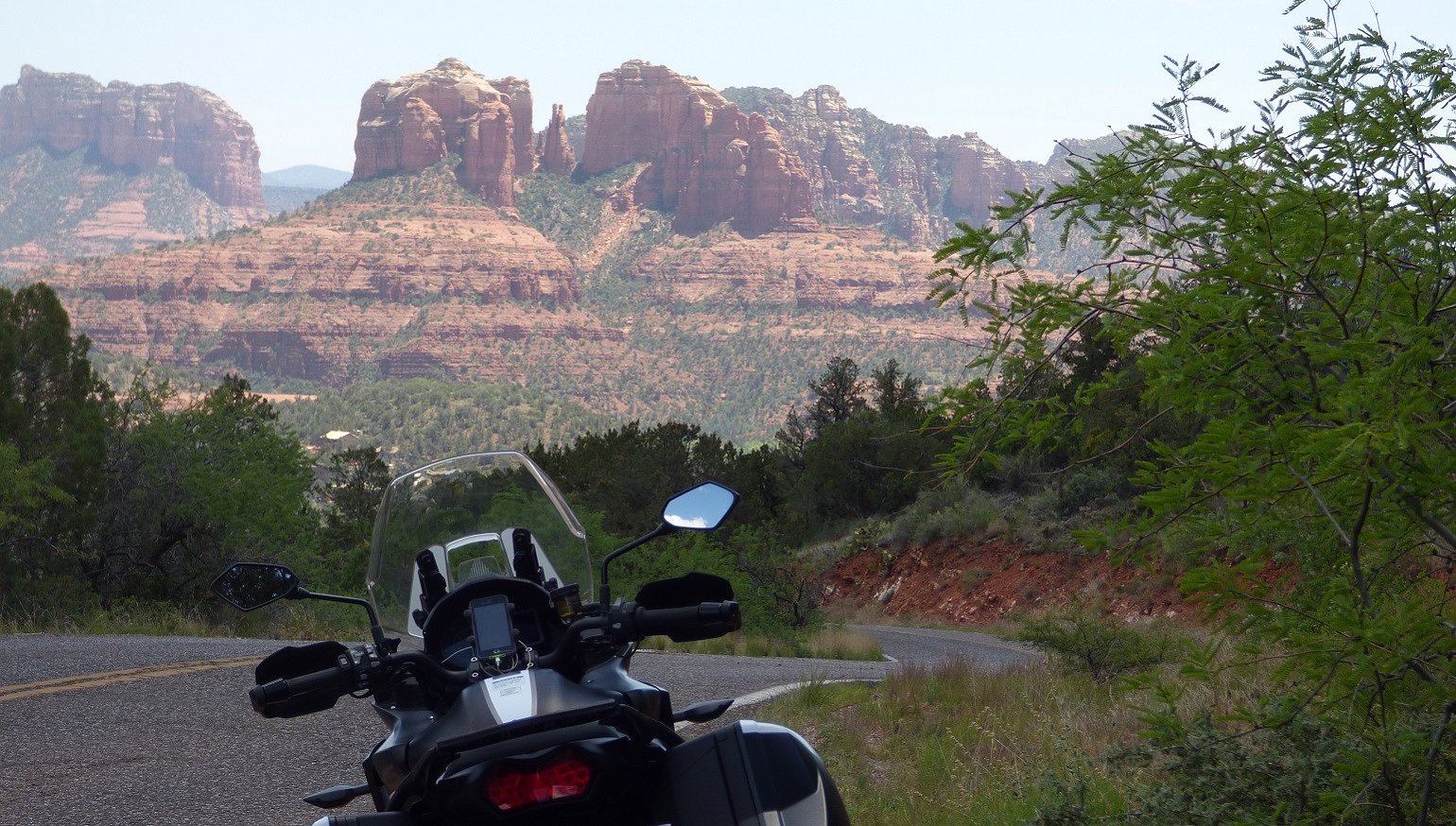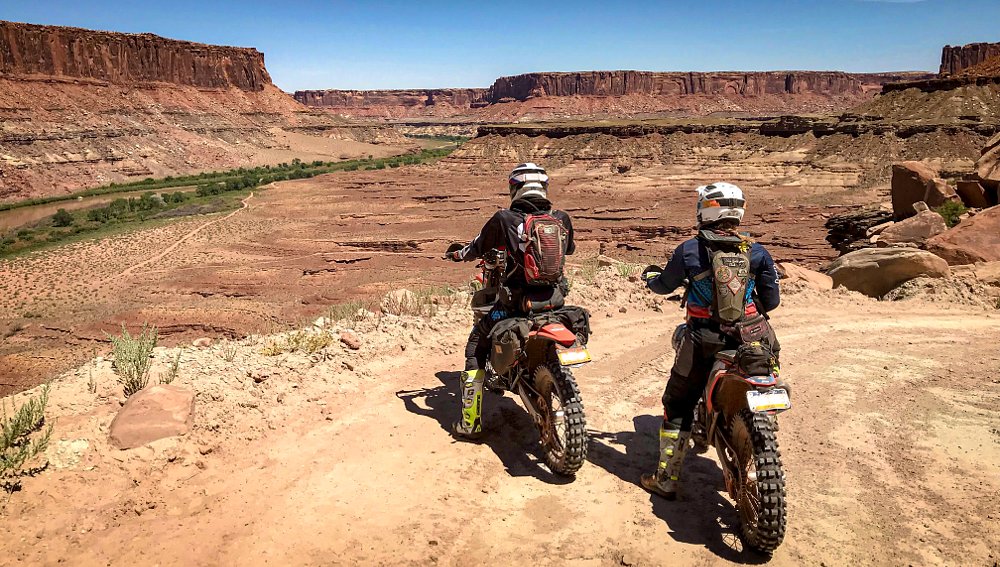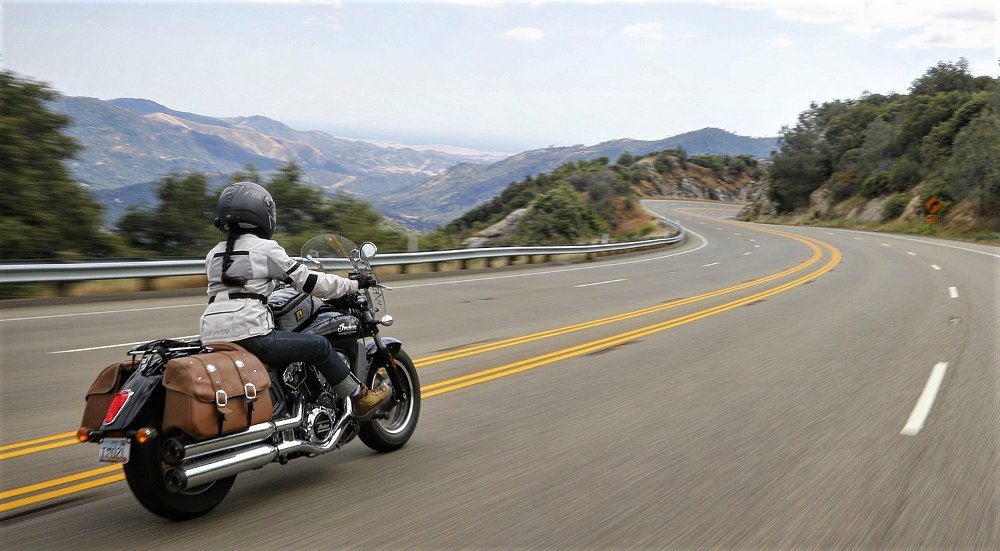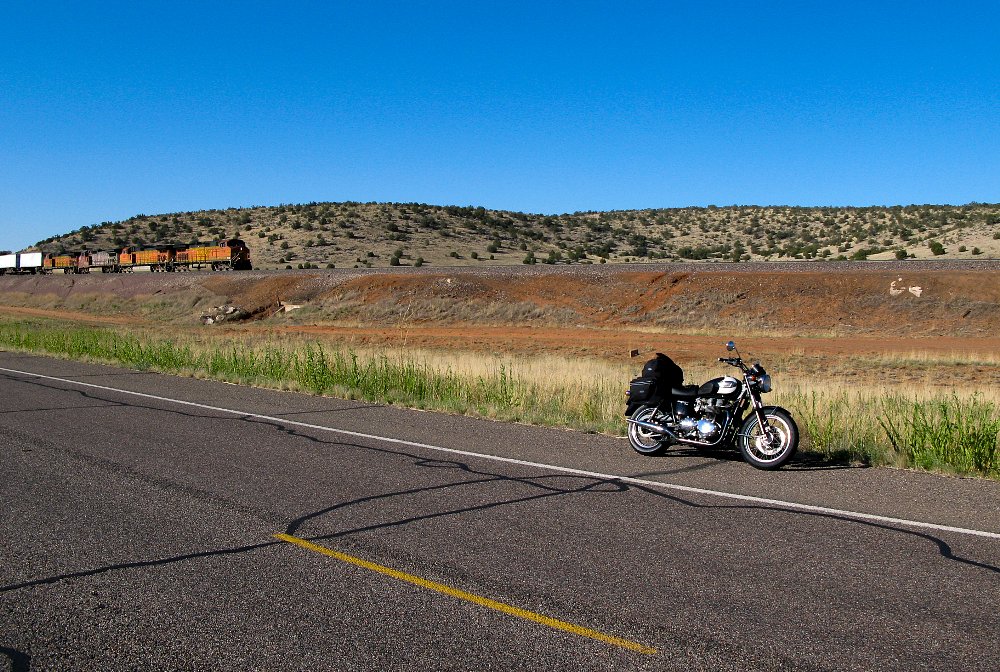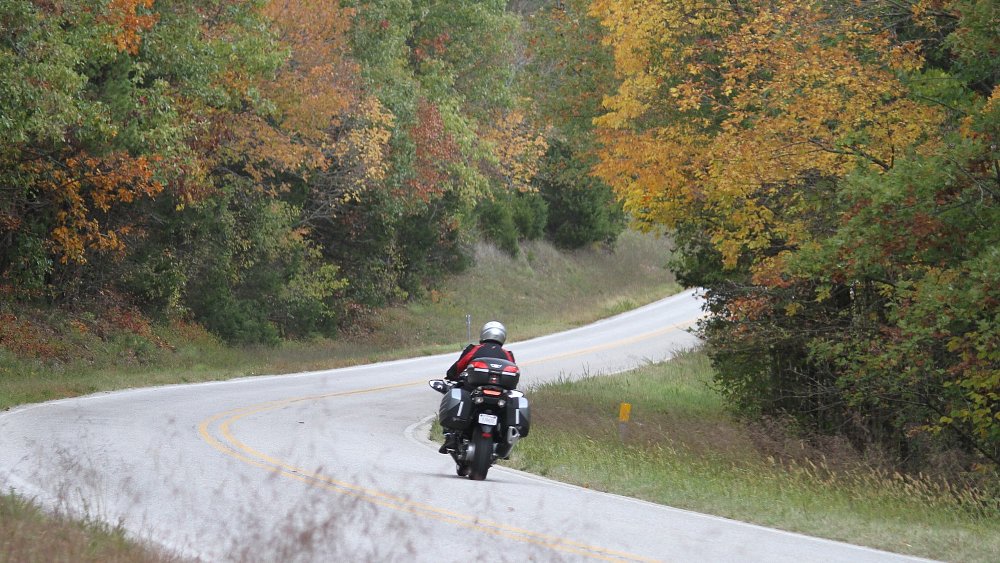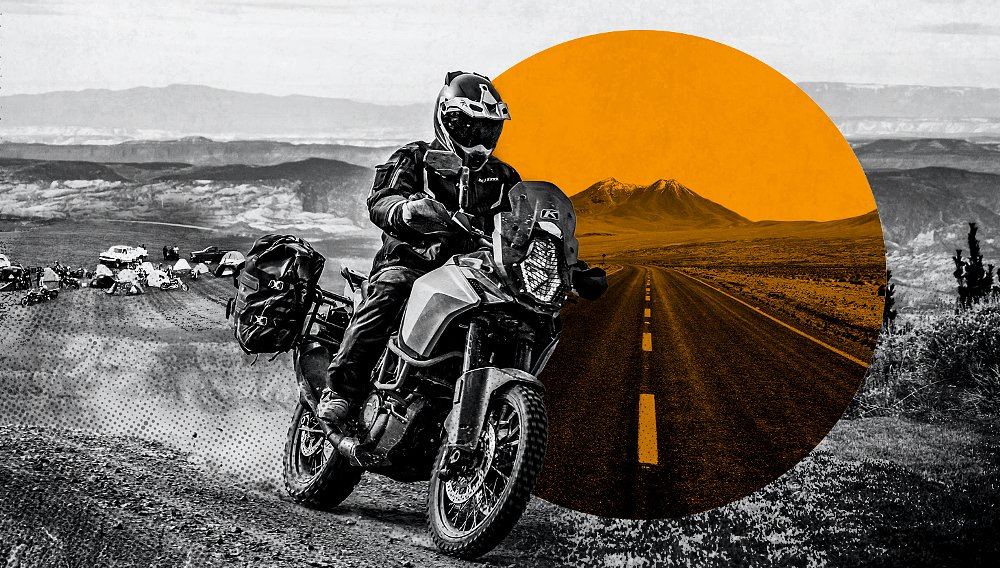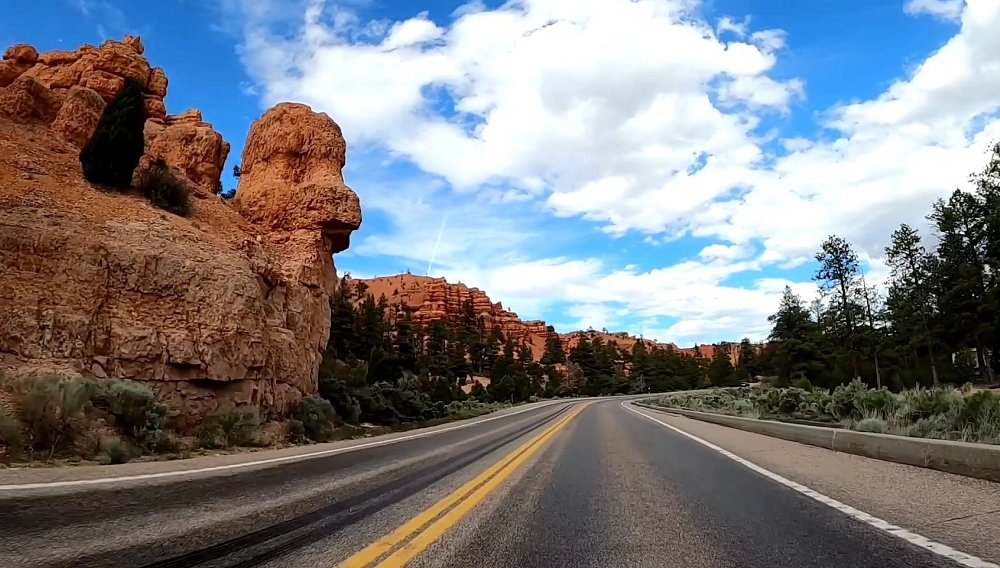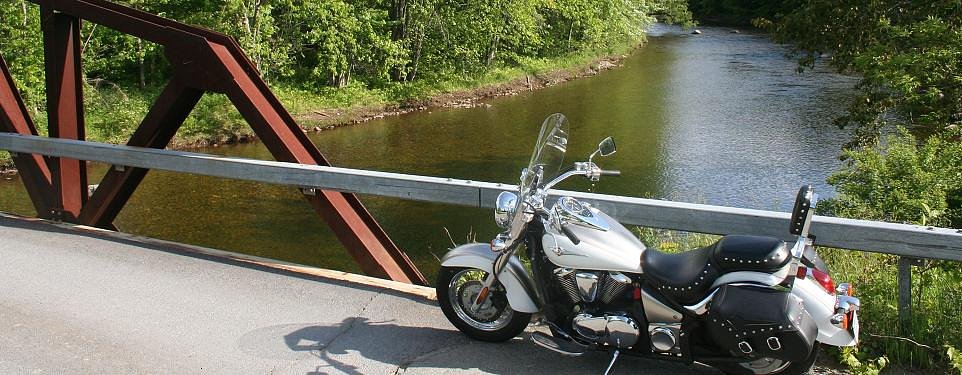If you ride, I probably don't need to tell you how well motorcycles and National Parks go together. In fact, the National Parks Service itself has long held the official position that motorcycles are sweet as hell (paraphrasing).
So, instead of laboring that point, let's take a look at a few ways to get the most out of your time riding the national parks. Whether you're making firm plans for a summer trip to one of the National Parks or just fantasizing, I hope these seven tips for riding America’s National Parks prove useful.
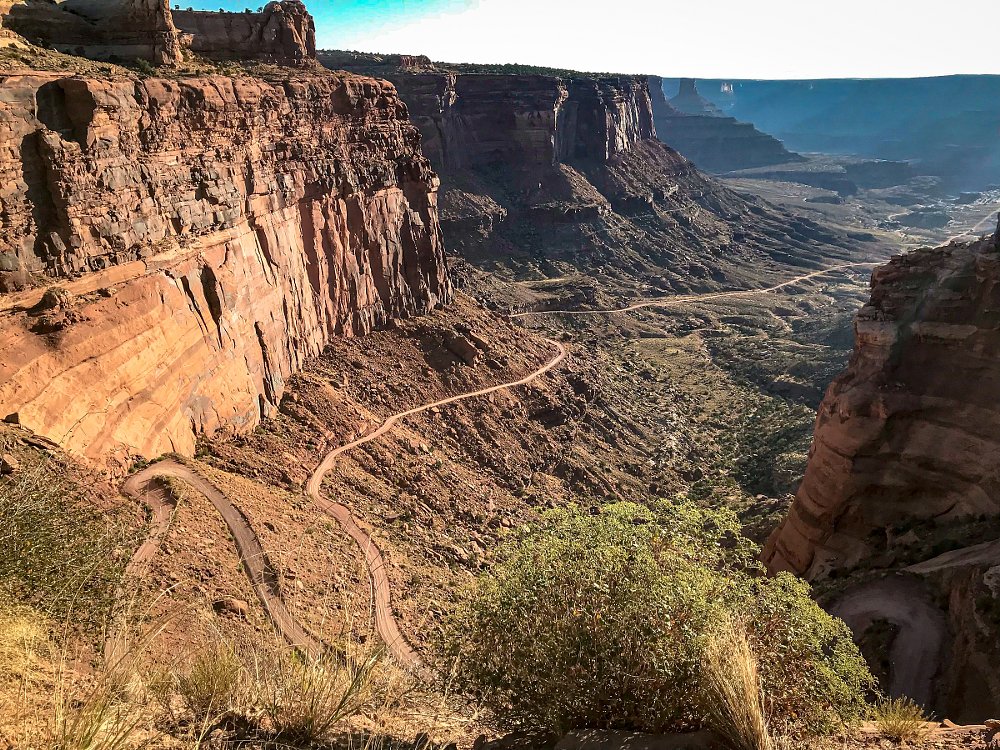
Plan ahead for discounts and fees
Listen, I get it, you like the freedom of the open road and the allure of possibility. But, hear me out: If you're on a tight budget, planning your schedule can help you save money on your National Park tour.
You probably already know that National Park entrance fees are usually a few bucks less for motorcycles than for cars (typically $30 for a car and $25 for a motorcycle for a seven-day pass, at the time this is written). But, did you know that if you keep your receipt you can usually get into a few other parks for free? Always keep your NPS receipts until the end of your trip — you never know what spots you might be able to hit on the way back!
If you're touring and planning to hit multiple parks, a yearly park pass is probably worthwhile. Called the Interagency Annual Pass (because it is good not just for National Parks, but also for other federal facilities and lands) or the "America the Beautiful" pass, it costs $80 for a full year for an adult but just $20 for seniors age 62 or over and it's free for members of the military, Gold Star families, veterans, and the disabled. You can buy online or at the parks.
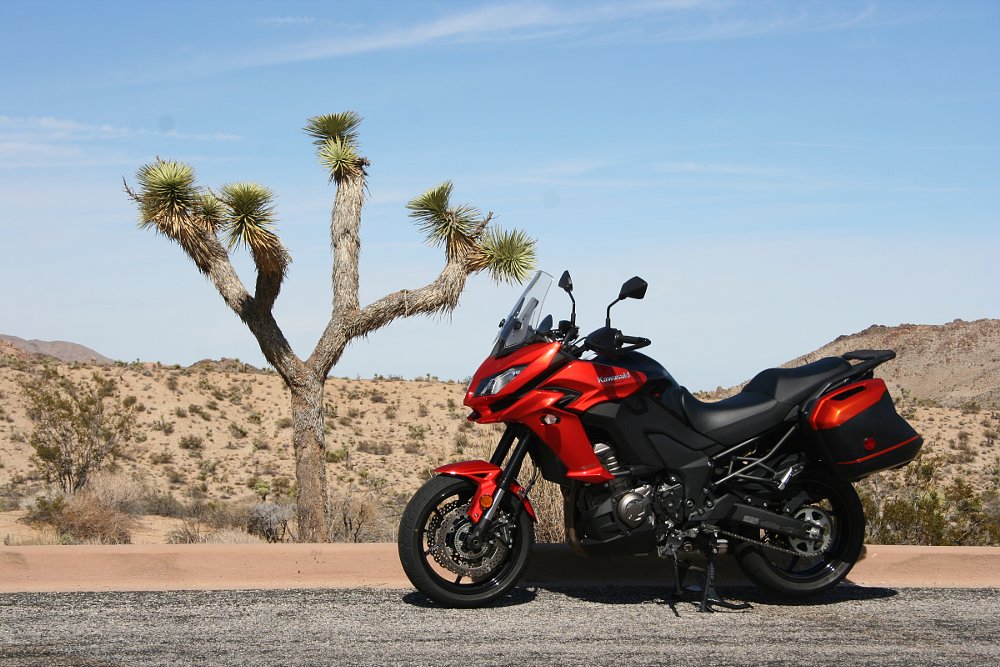
Help motorcycles keep their preferential treatment
As I mentioned above, even the National Parks Service recognizes some of the advantages of visiting by motorcycle and gives us a discount. Let's keep it that way by following the NPS's requests:
- Ride respectfully
- Obey speed limits
- Avoid traveling in large groups
- Avoid excessive acceleration or revving of the engine
- Turn your engine off instead of idling
- Use horns only when necessary for safety
- Turn down radios or use a headset
- Be extra sensitive near campgrounds, lodging, and visitor centers
- Operate your motorcycle as quietly as possible to minimize disturbance to wildlife and other park resources and respect the experience of other visitors
Those are the official requests, but I'd like to add one more.
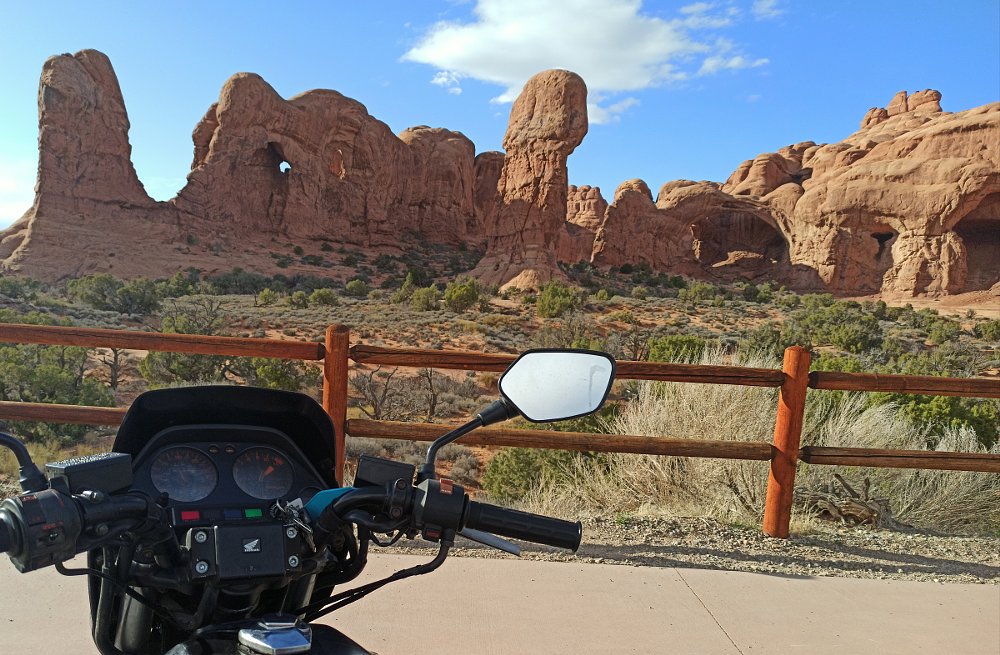
Protect parks from invaders
Parks represent a delicate balance, and it's important that we as motorcyclists do our part to maintain that. Invasive species are one of the most serious threats to the ecosystems within National Parks. Just before you get to a Park, find a gas station or pull off to check your bike and gear for any unexpected tag-alongs, especially if you're ending a long ride. Even a briar stuck to your riding boot can begin an infestation if it drops within park boundaries (or elsewhere). While it may feel natural, try not to throw any plant material onto the ground. Instead, pack it out or find a trash can to dispose of any potential pests.
You can also protect ecosystems by parking your bike (and hiking) only in designated areas and pathways. Between the essential microscopic communities in bio-crust and ephemeral pools, you can do a century or more of damage just by stepping somewhere you shouldn't.
For more enjoyment, think outside the park
Some of the best rides in the vicinty of a National Park might be just outside its official boundaries. What's more, these rides are always free and, more importantly, usually free of crowds.
Headed to Arches or Canyonlands? Be sure to check out the La Sal Loop. Touring the Rockies? Don't forget the Flat Irons. Headed to Yellowstone? Ever heard of all of Montana, Wyoming, and Idaho? The same natural terrain that makes many National Parks so spectacular also extends beyond its borders, giving you more to explore. Do a little advance research on nearby hidden gems and it will come in handy, especially if you encounter crowds when you visit the park.
Speaking of crowds, it's one of the issues you should plan for.
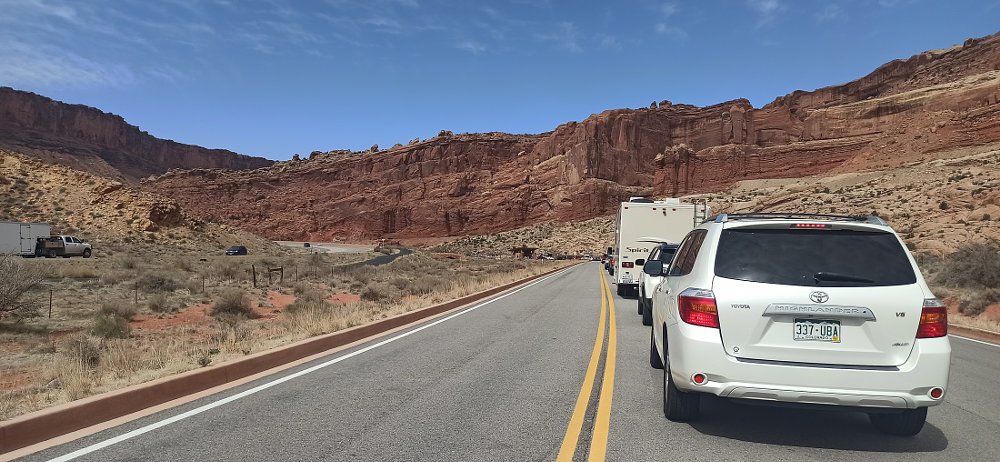
Lines and reservations: Get there early, get there late
It's not unheard of, or even uncommon at times, to wait two hours in line to get into a National Park. Very occasionally, you may even get turned away after waiting, because the park reached capacity.
With that being said, COVID reservation limits notwithstanding, I've never been turned away from a park that I was in line for by 7 a.m. Additionally, I have never been turned away after 7 p.m. or even later (more on that in a moment). However, if you do end up turned away, returning in three hours seems to be the sweet spot. This is both the NPS's recommendation and true in my experience.
If you find yourself stuck in a line and waiting, it's a good idea to turn off your bike. No need to overheat, either you or your bike. Hey, maybe even unzip your jacket if you're feeling a little saucy.
Take a night ride
It may surprise you to learn that some of the most rewarding National Park visits occur when you can't see much. Well, not much down here on Earth, anyway.
National Parks often host what are known as dark sites. Dark sites are zones where light pollution from man-made sources is restricted. This allows for unparalleled star-gazing.
A laid-back night ride can be pretty relaxing, but around a dark site, it becomes downright surreal. Imagine yourself gliding along the road at night, stars on the horizon, right at eye level, surrounding you in almost every direction…
Just don't get too lost up there, cosmonaut. Keep the pace slow, remember that wildlife are still around, and a dark site means you'll only have your headlight to rely on. Find a safe place to stop, switch off the bike, and enjoy a view few people regularly see.
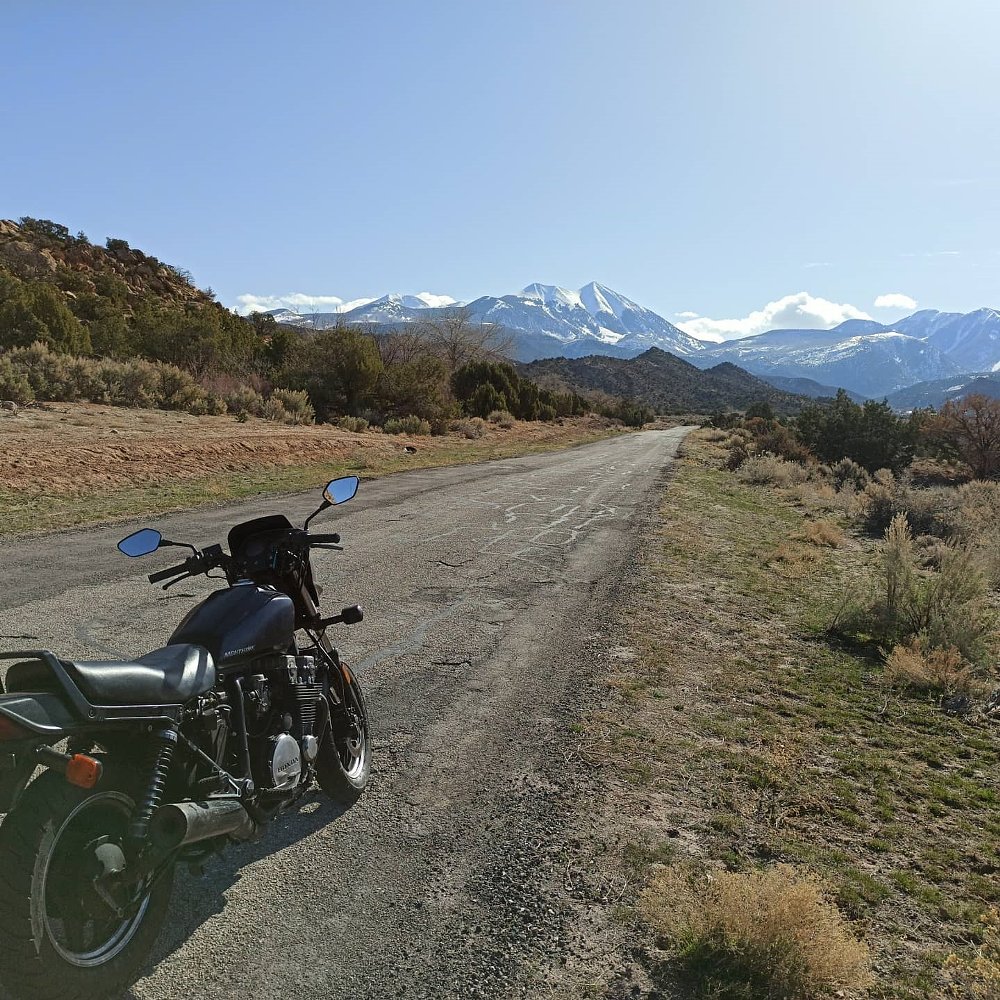
Tune your ride
I'm preaching to the choir, but remember to check your tires, oil, fluids, etc. with enough time to correct any issues, before you leave home. The worst time to have a problem is while you're burning your precious vacation time. Also, many parks include remote areas with no cell phone service, so if you do need help, it could take you a while to get it.
As someone who's visited many National Parks, I suggest seeing if one or more fit into your next motorcycle trip. With more than 423 sites nationwide, there's a good chance a few of them do!




